Downton Abbey, Obamacare, and the Road to Socialized Healthcare
Common Dreams
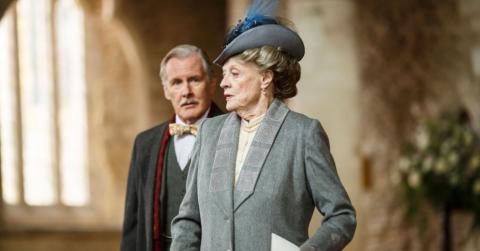
As the rightly acclaimed television series Downton Abbey unspools its final episode some fans have criticized the producers decision to devote so much time to a debate about the future of Downton’s Cottage Hospital. But underneath the repartee lies a serious and persistent issue: what should be the relationship of the community to the emerging age of a high tech, highly capitalized and highly specialized medical system?

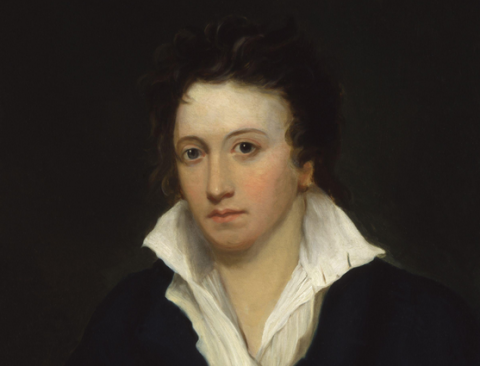
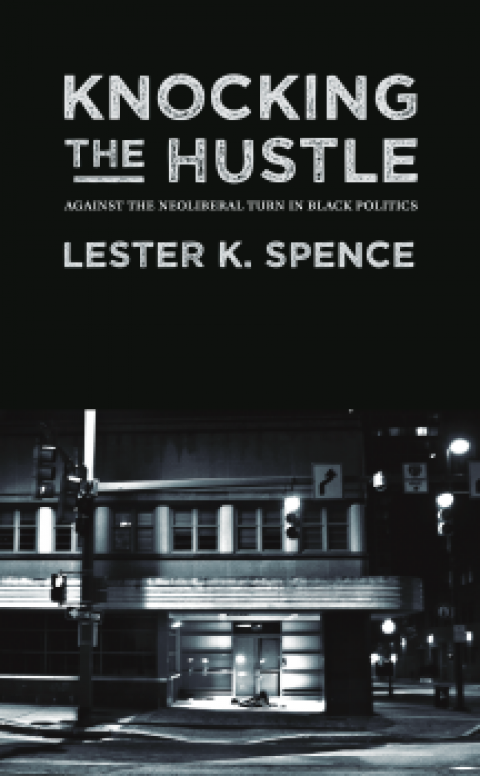

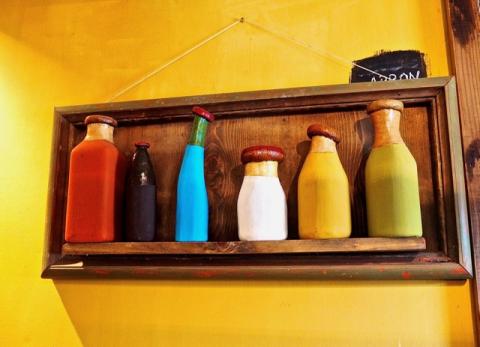
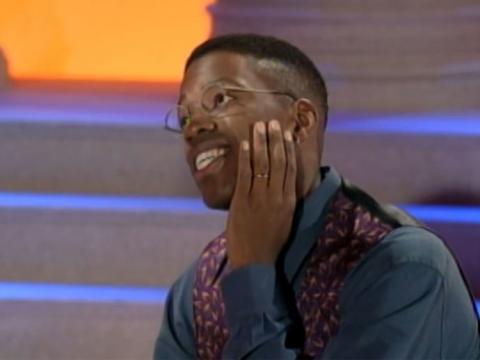
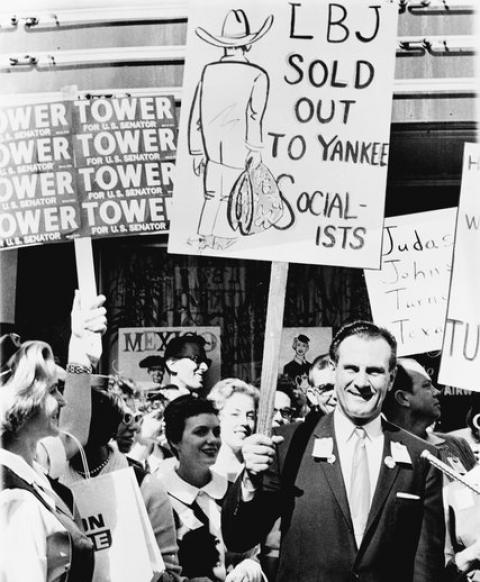
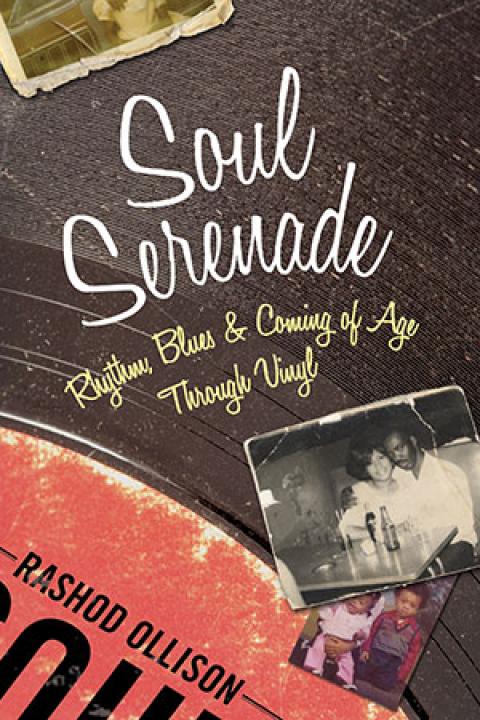
Spread the word